Publications
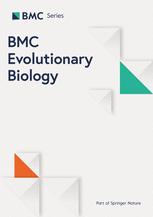
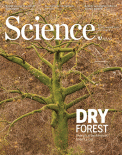 Convergent local adaptation to climate in distantly related conifers.
Convergent local adaptation to climate in distantly related conifers.
† authors contributed equally to this work
 Exome capture from the spruce and pine giga-genomes.
Exome capture from the spruce and pine giga-genomes.
† authors contributed equally to this work
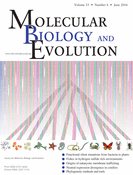 Expression divergence is correlated with sequence evolution but not positive selection in conifers.
Expression divergence is correlated with sequence evolution but not positive selection in conifers.
Hodgins, K.A.†, Yeaman, S.†, Nurkowski, K., Rieseberg, L.H., Aitken, S.N. 2016 Expression divergence is correlated with sequence evolution but not positive selection in conifers. Molecular Biology and Evolution 33, pp 1502-1516. doi:10.1093/molbev/msw032.
† authors contributed equally to this work
 Introduction to Invasion Genomics In: Invasion Genetics: The Baker and Stebbins Legacy
Introduction to Invasion Genomics In: Invasion Genetics: The Baker and Stebbins Legacy
Rieseberg, L.H., Hodgins, K.A. 2016. Introduction to Invasion Genomics In: Invasion Genetics: The Baker and Stebbins Legacy (eds. Barrett SCH, Colautti RIC, Dlugosch KM & Rieseberg LH), Wiley-Blackwell, Oxford (in press).

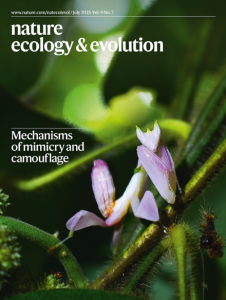
 The genomic secrets of invasive plants.
The genomic secrets of invasive plants.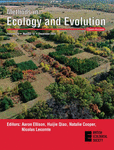 Predicting adaptation and evolution of plasticity from temporal environmental change.
Predicting adaptation and evolution of plasticity from temporal environmental change.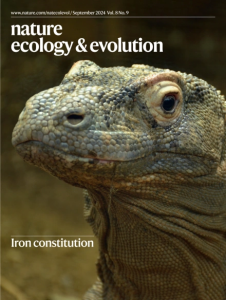 The genetic architecture of repeated local adaptation to climate in distantly related plants.
The genetic architecture of repeated local adaptation to climate in distantly related plants. Genomic tools in biological invasions: current state and future frontiers.
Genomic tools in biological invasions: current state and future frontiers. Core genes driving climate adaptation in plants.
Core genes driving climate adaptation in plants. Assessing the invasive potential of different source populations of ragweed (Ambrosia artemisiifolia L.) through genomically-informed species distribution modelling.
Assessing the invasive potential of different source populations of ragweed (Ambrosia artemisiifolia L.) through genomically-informed species distribution modelling.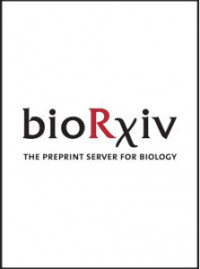
 Uncovering the genomic basis of an extraordinary plant invasion.
Uncovering the genomic basis of an extraordinary plant invasion. Pollen competition in hybridising Cakile species: how does a latecomer win the race?
Pollen competition in hybridising Cakile species: how does a latecomer win the race?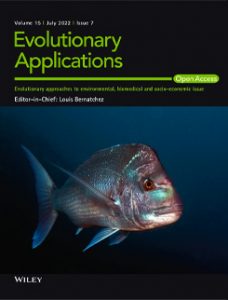 Quantitative trait loci mapping reveals an oligogenic architecture of a rapidly adapting trait during the European invasion of common ragweed.
Quantitative trait loci mapping reveals an oligogenic architecture of a rapidly adapting trait during the European invasion of common ragweed. Global urban environmental change drives adaptation in white clover
Global urban environmental change drives adaptation in white clover
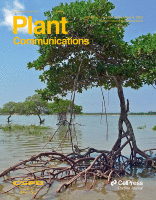 Genetically Based Trait Differentiation but Lack of Trade-offs between Stress Tolerance and Performance in Introduced Canada Thistle.
Genetically Based Trait Differentiation but Lack of Trade-offs between Stress Tolerance and Performance in Introduced Canada Thistle.
 Parallel flowering time clines in native and introduced ragweed populations are likely due to adaptation.
Parallel flowering time clines in native and introduced ragweed populations are likely due to adaptation.
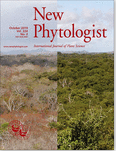 Mating system impacts the genetic architecture of adaptation to heterogeneous environments.
Mating system impacts the genetic architecture of adaptation to heterogeneous environments. 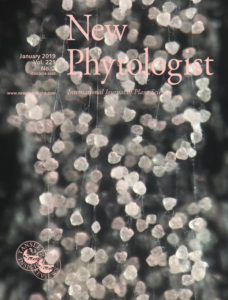 Range shifts and local adaptation: integrating data and theory towards a new understanding of species’ distributions in the Anthropocene.
Range shifts and local adaptation: integrating data and theory towards a new understanding of species’ distributions in the Anthropocene.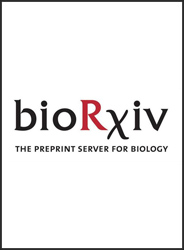
 Rapid and repeated local adaptation to climate in an invasive plant.
Rapid and repeated local adaptation to climate in an invasive plant. Trait Evolution in Invasive Species.
Trait Evolution in Invasive Species.
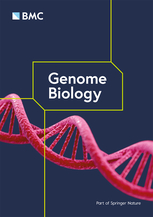 Co-association networks reveal the genetic architecture underlying adaptation to a multivariate environment.
Co-association networks reveal the genetic architecture underlying adaptation to a multivariate environment.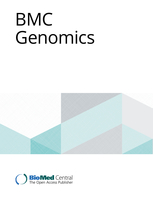
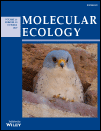
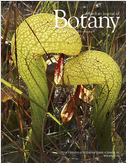
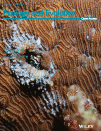

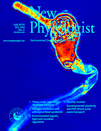
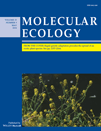

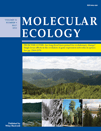
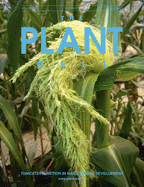 Reproductive isolation during domestication.
Reproductive isolation during domestication.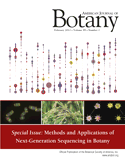
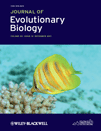 Genetic differentiation in life-history traits of introduced and native common ragweed (Ambrosia artemisiifolia) populations.
Genetic differentiation in life-history traits of introduced and native common ragweed (Ambrosia artemisiifolia) populations.
 Natural selection on floral traits through male and female function in the wild heterostylous daffodil Narcissus triandrus.
Natural selection on floral traits through male and female function in the wild heterostylous daffodil Narcissus triandrus.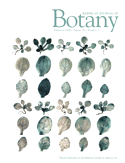 Geographic variation in floral morphology and style-morph ratios in a sexually polymorphic daffodil.
Geographic variation in floral morphology and style-morph ratios in a sexually polymorphic daffodil.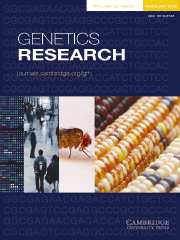 Asymmetrical mating patterns and the evolution of biased style-morph ratios in a tristylous daffodil.
Asymmetrical mating patterns and the evolution of biased style-morph ratios in a tristylous daffodil. Population structure and genetic diversity in tristylous Narcissus triandrus: insights from microsatellite and chloroplast DNA variation.
Population structure and genetic diversity in tristylous Narcissus triandrus: insights from microsatellite and chloroplast DNA variation.
 Female reproductive success and the evolution of mating-type frequencies in tristylous populations.
Female reproductive success and the evolution of mating-type frequencies in tristylous populations. Mating patterns and demography in the tristylous daffodil Narcissus triandrus.
Mating patterns and demography in the tristylous daffodil Narcissus triandrus.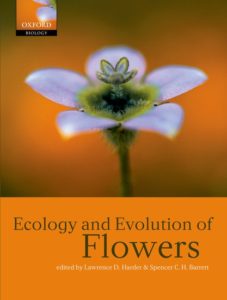 Floral design and the evolution of asymmetrical mating systems. In: Ecology and Evolution of Flowers
Floral design and the evolution of asymmetrical mating systems. In: Ecology and Evolution of Flowers